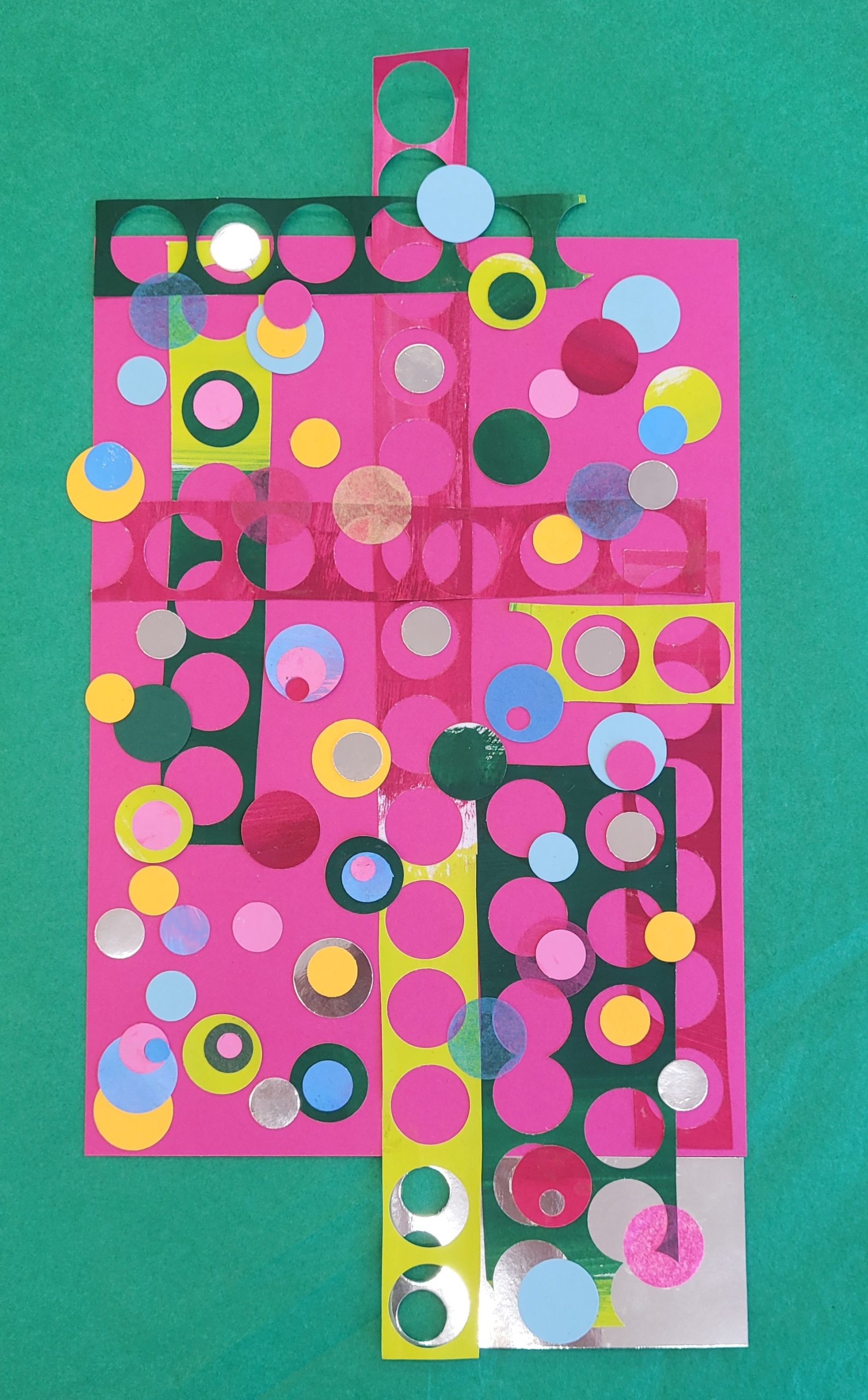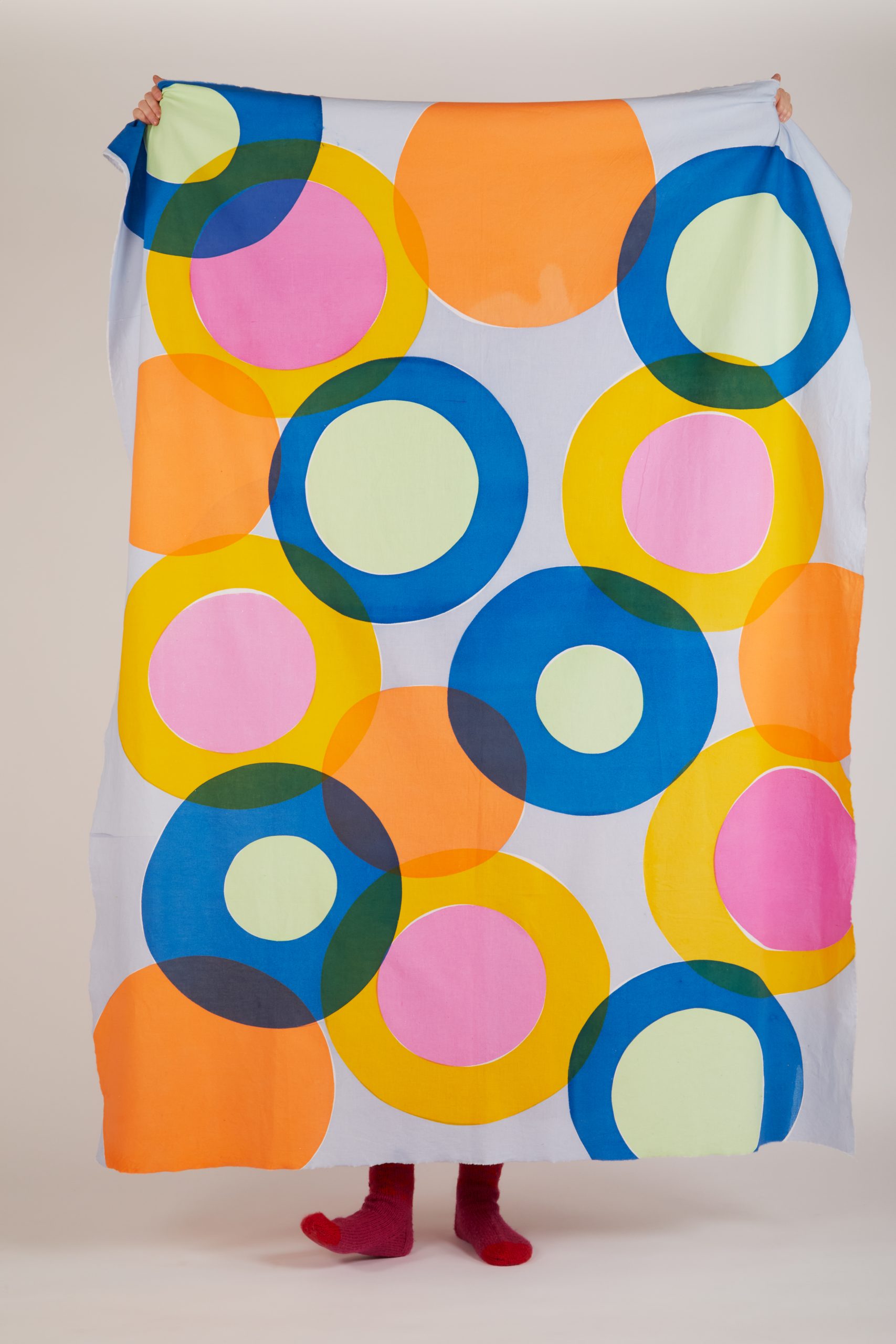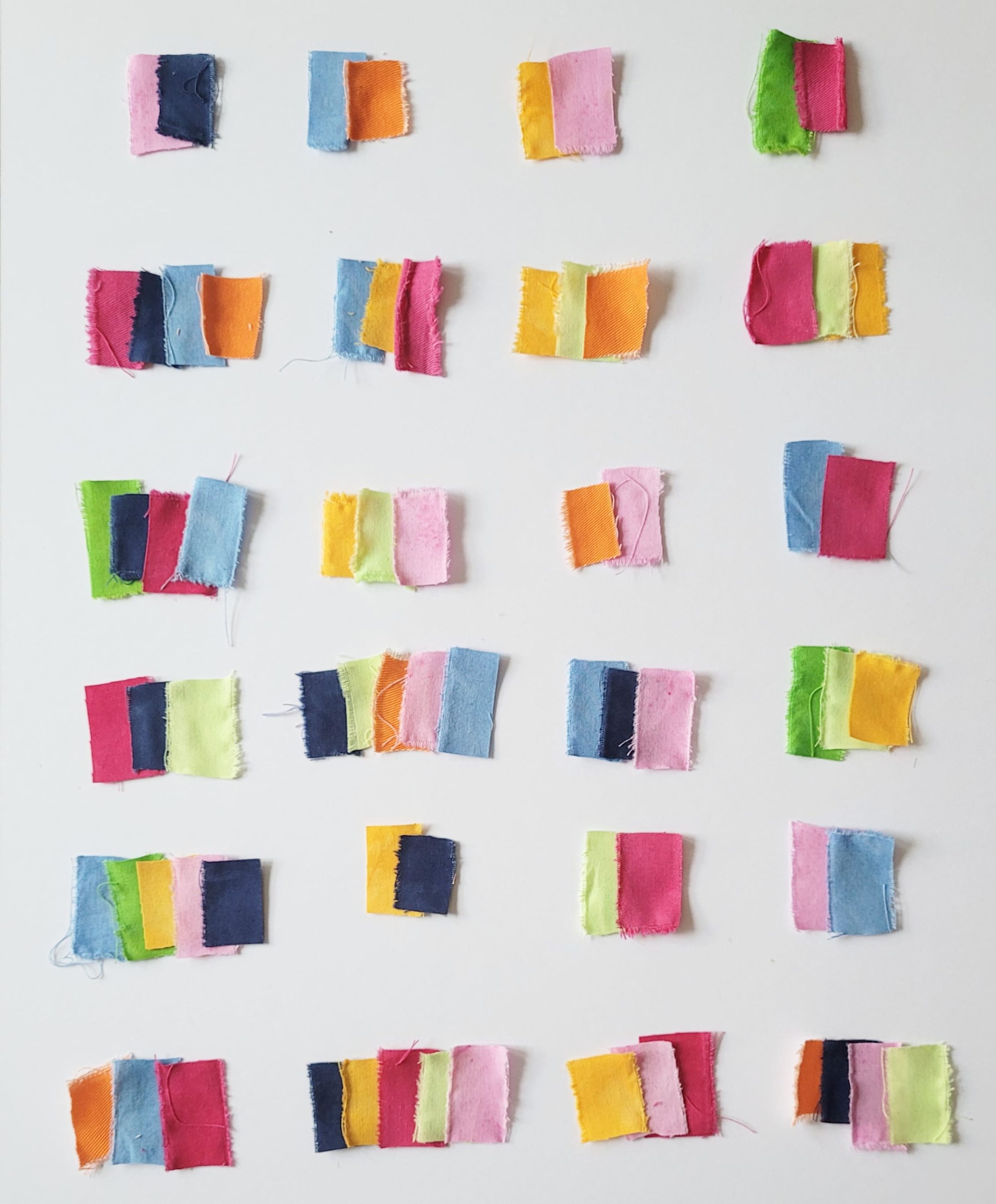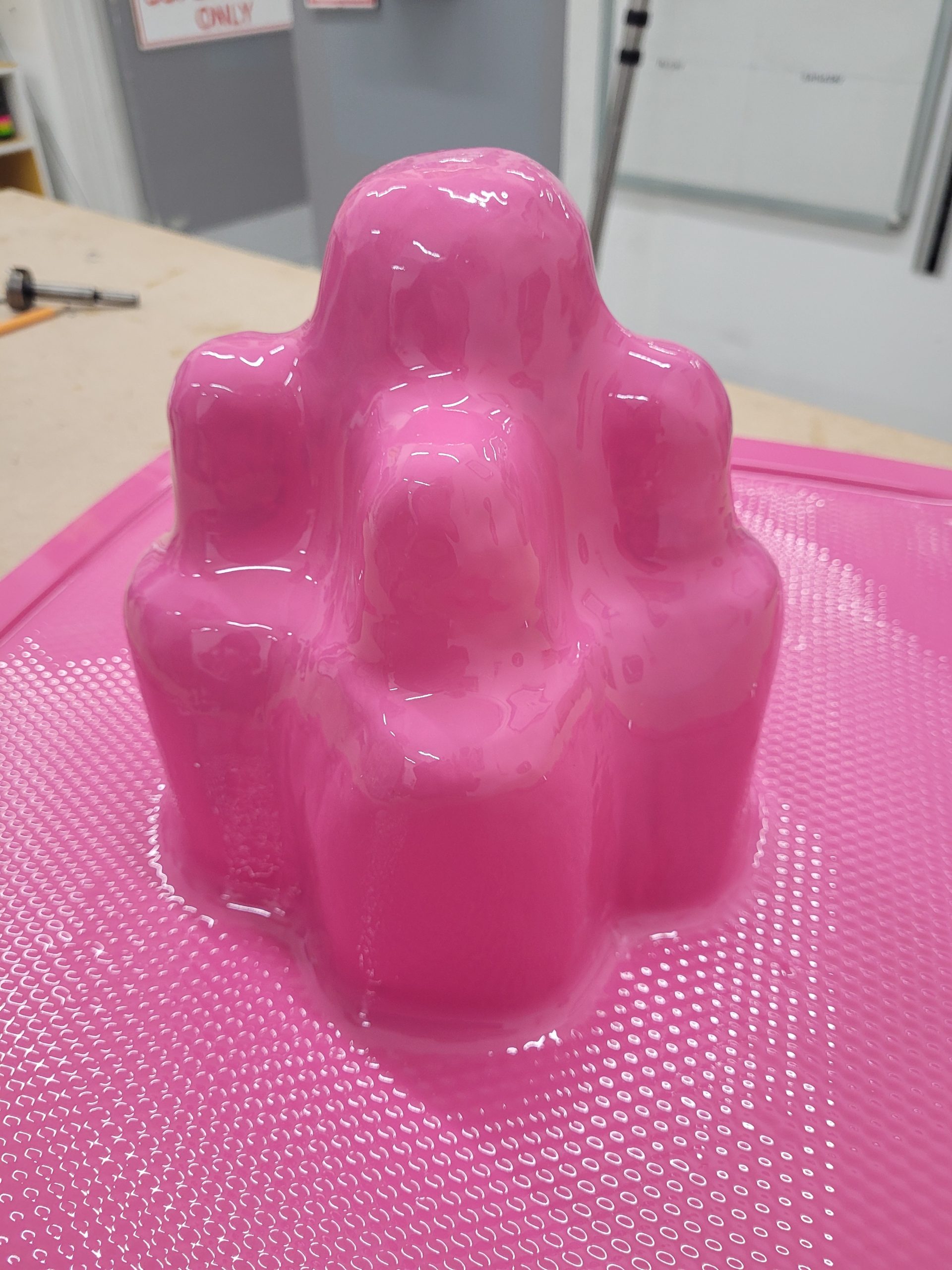In conversation with: Molly De Smith, BA (Hons) Textile Design
Molly De Smith discusses what it’s like studying BA (Hons) Textile Design at Norwich.

About Molly
Hello! I’m Molly and I study BA (Hons) Textile Design. I have explored print and surface design within my practice this year, but I also love experimenting with 3D form and fabric manipulation. My practice tends to reflect my queer identity through flamboyant, kitsch and colourful designs.
Why did you choose to study at Norwich?
I chose to study at Norwich because I love the city because it’s small but there’s always so much going on. Textile Design in particular was of interest to me as I love the tactility of fabric. Having my designs come to life when they’re on fabric is a highlight of my process. Additionally, the course at Norwich is unique as you don’t have to commit to a particular pathway, you can explore and combine all different aspects of textile design, construction and print which allows you to be very experimental.
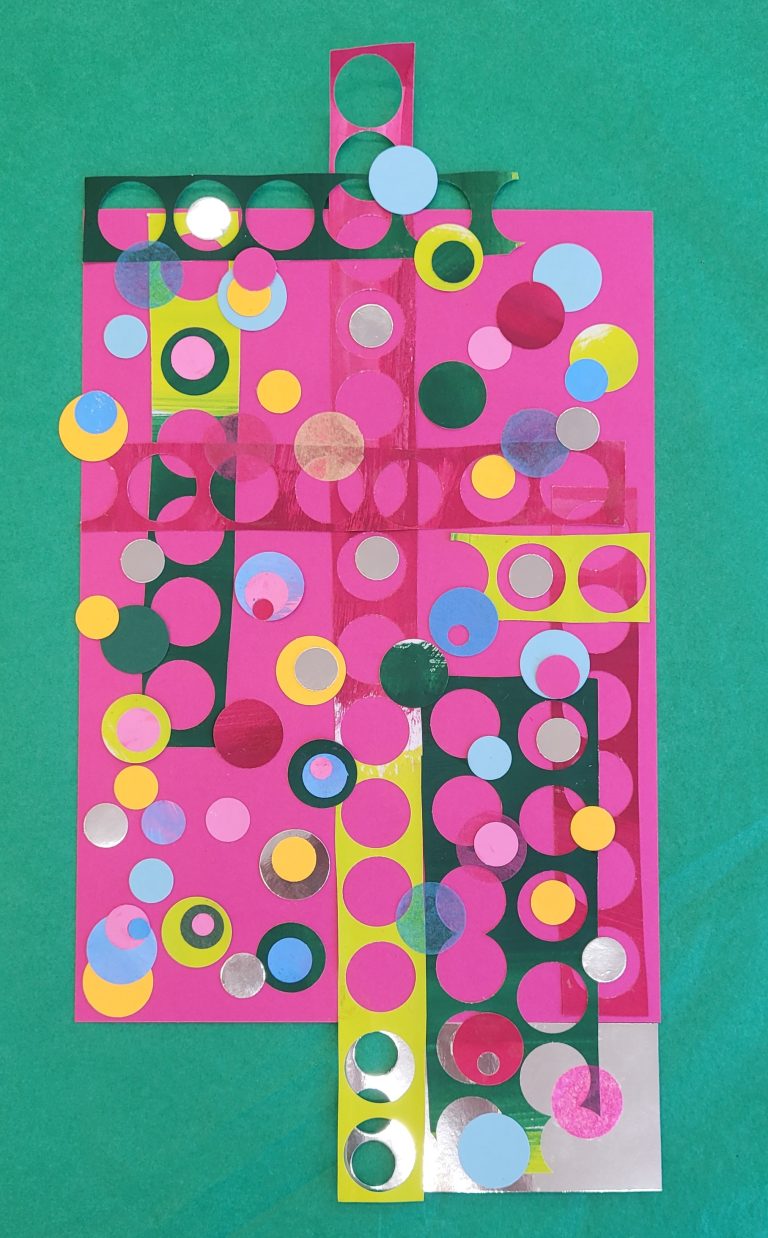
Could you share your creative process with us and discuss what keeps you inspired?
The first stage of my design process often involves drawing with a range of materials and collage papers, being very playful and working in colour as early as possible. In Textile Design we mostly work to briefs so there’s always a research stage early on. I enjoy researching for briefs as I can discover new designers and artists with relevant styles or themes which has broadened my understanding of the industry and other creative fields. For example, I enjoy looking into abstract painters like Hilma Af Kint and furniture designers like Charlotte Perriand. Researching a project often involves going to galleries or museums where I always come back super inspired.
I have recently been inspired by Machine Dazzle’s work in their exhibition ‘Queer Maximalism X Machine Dazzle’, as well as Ashish Gupta’s exhibition ‘Fall in Love and Be More Tender’. They both have themes of gay identities and have heavily inspired my final major project.
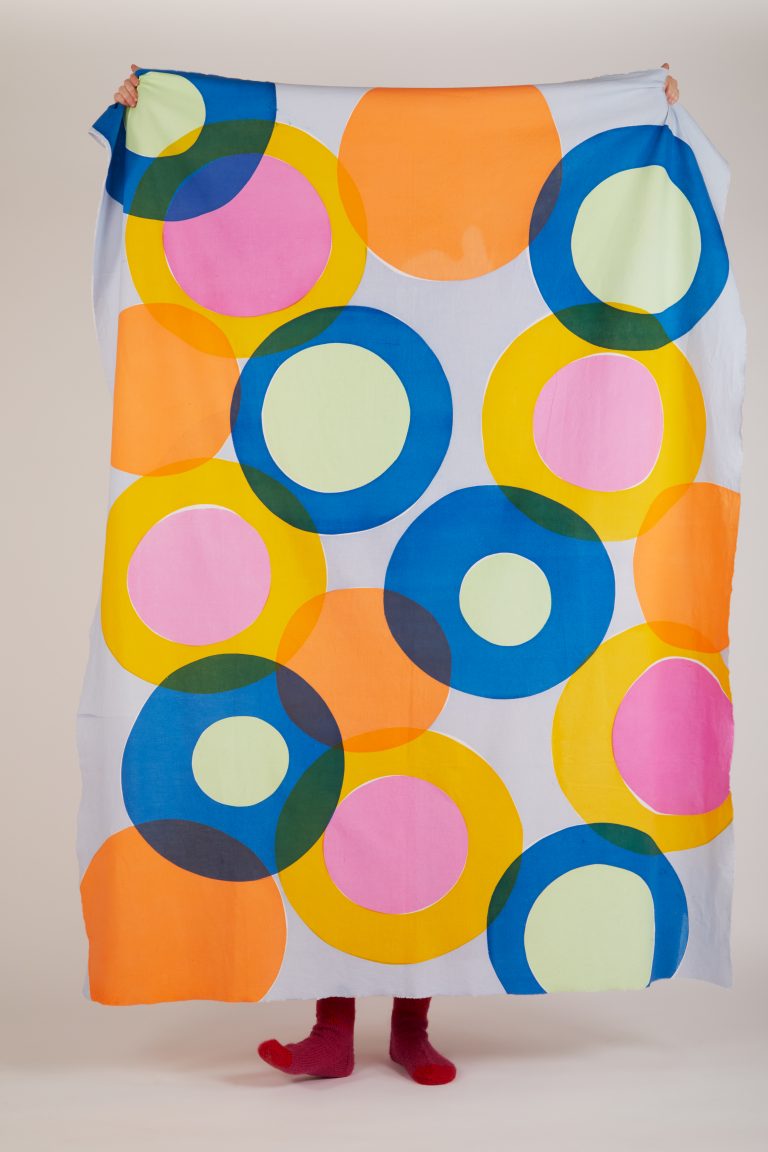
In the early stages of a project, I’m quick to find colours that are inspired by my drawings, mood boards and research. The colours are integral to my design practice, and I feel that they always reflect me, and I only ever pick colours and combinations that really please my eye. If I’m ever stuck within a project, I book into the print room to do some print or dye experiments, often with paper stencils and open screens. By getting some colour onto fabric, I really find my way. Sometimes when I’m stuck with pen and paper, I can feel a bit disconnected, so getting something down on fabric, even if it’s just something really simple, it inspires and motivates me to keep making.
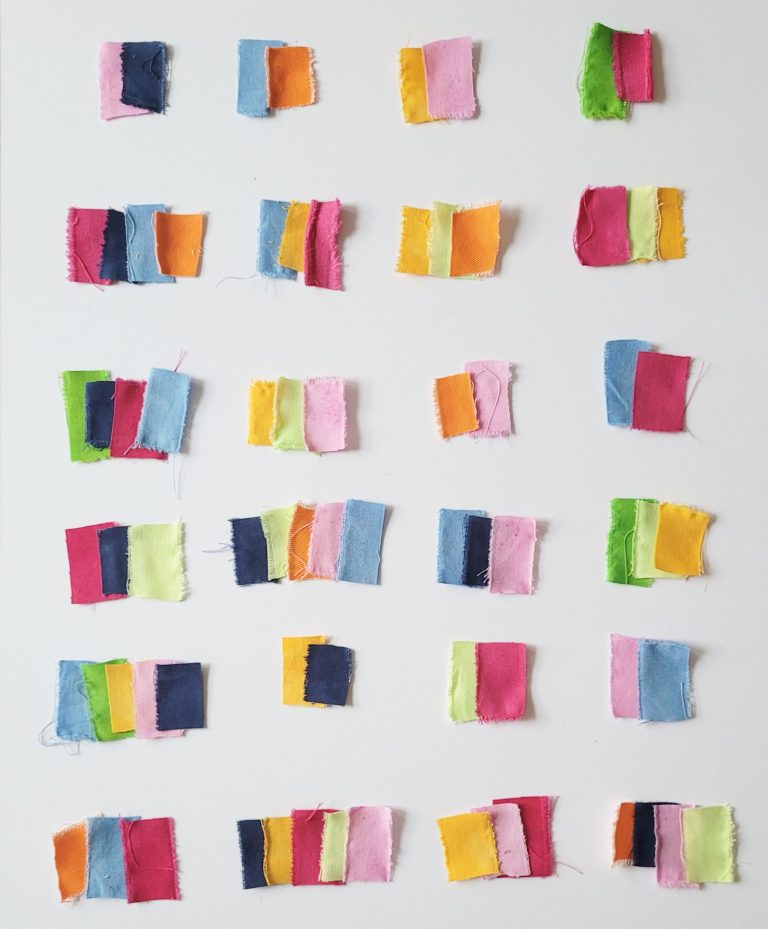
How has your course helped you develop your skills and prepare you for the future?
The course tutors and technicians have been extremely helpful in helping me develop my skills and awareness ready for the industry. From designing collections, creating colour palettes and drawing, to screen printing, devoré and fabric manipulations. The technical skills we learn are essential for the commercial industry, but also skills you can use in an experimental design role, and in an independent practice with more of an art-textile edge.
How do you make use of the University facilities?
We have our Textile Design studios in St Georges building where we have lectures, tutorials, drawing and design workshops and just downstairs we have our construction workshop for the knitters, printers and embroiderers. We also have the print workshop rooms for screen printing and digital print, alongside other facilities and communal study spaces throughout the University such as, the 3D workshop where you can explore metalwork, woodwork, casting, sculpture, 3D printing, foam and wax. You can do most things that you can imagine there with the help of the technicians who will support you, especially if it’s something you’ve never explored before.
In year two, I utilised the 3D workshop as I was creating a collection based on vintage jelly moulds and I created a foam sculpture of a jelly, vacuum-formed it with bright pink plastic and then used this as a mould with some lightly coloured jelly wax to create a permanent jiggly jelly. I created it mostly for fun and to explore the workshops, but it was also a great experiment to log for my supporting documentation for the submission.
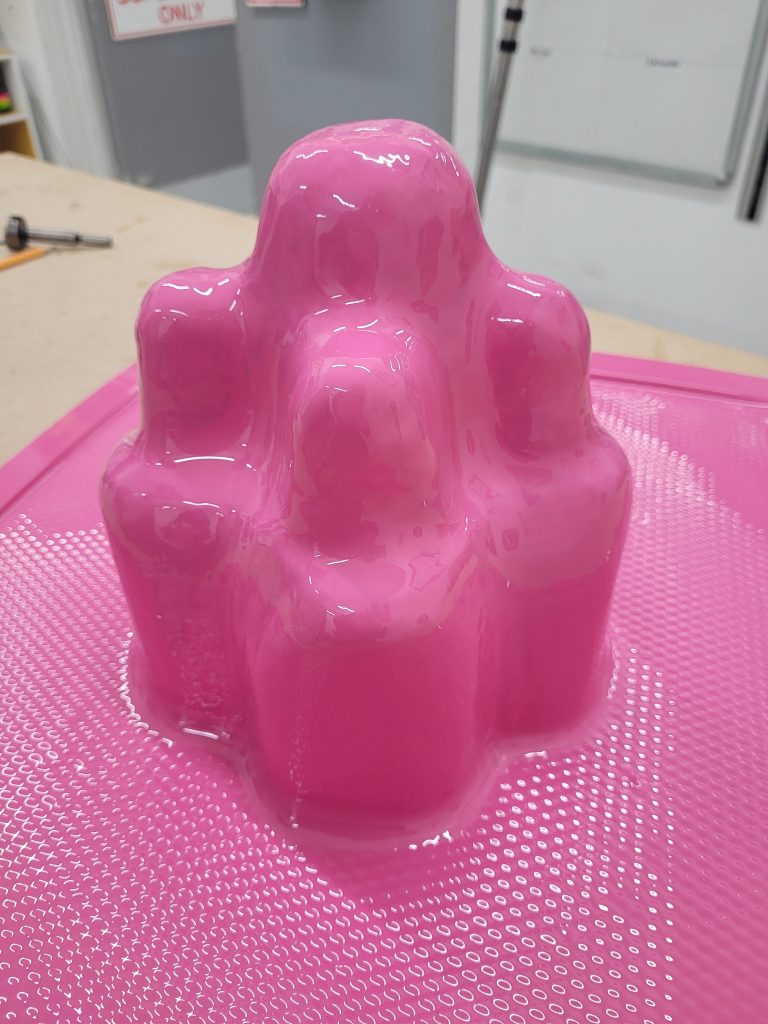
What advice would you offer someone who is considering studying at Norwich?
If you’re considering doing a BA, it’s a great way to explore all areas of your identity and find new parts of yourself through making, and you can establish your own design style which will set you apart from others. At an arts uni in particular, you can find lots of like minded individuals to collaborate with and learn from. You will also become equipped with the knowledge and skills you need to navigate the creative industry.
You can discover more of Molly’s work by visiting her Instagram (opens in a new window)Gallery
Other interviews
-
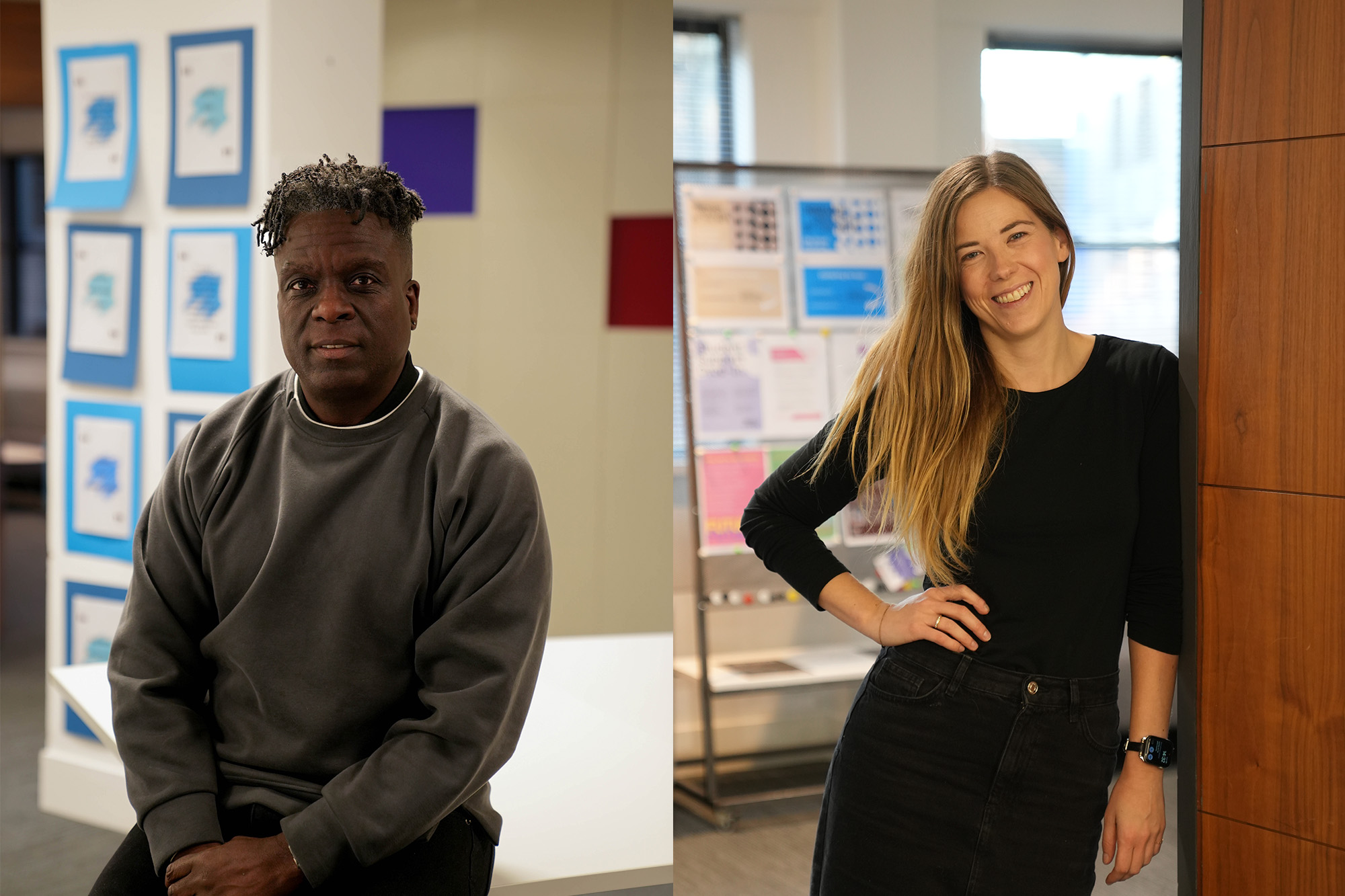
In conversation with Norwich’s newest lecturers in Marketing and Business Management
-
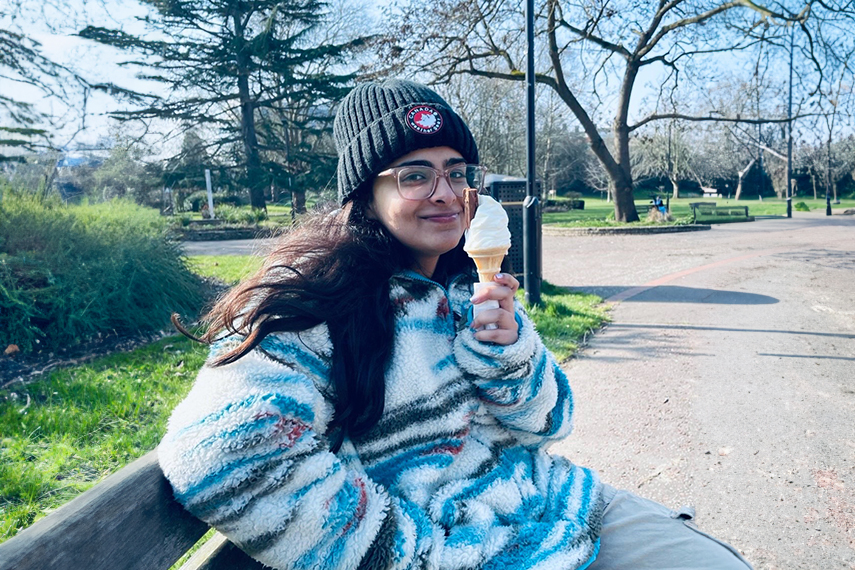
Dear future international students – Diya Vaya, BA (Hons) Film and Moving Image Production
-
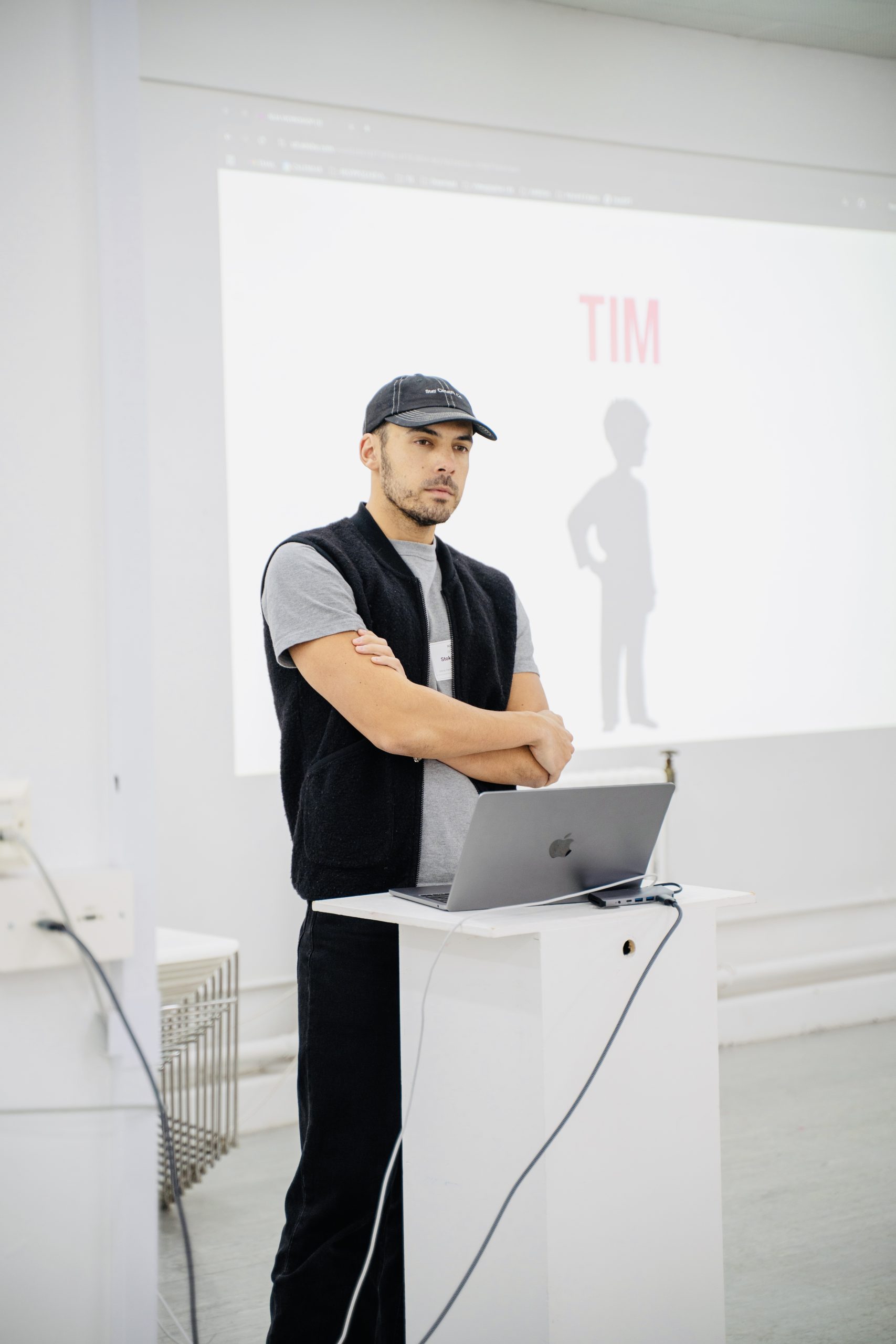
Inside Interchange Week with Stokely Howard of Trendy Grandad
-

Shape Shift Converse Rework: Authentic co-creation of art in mental health settings
-
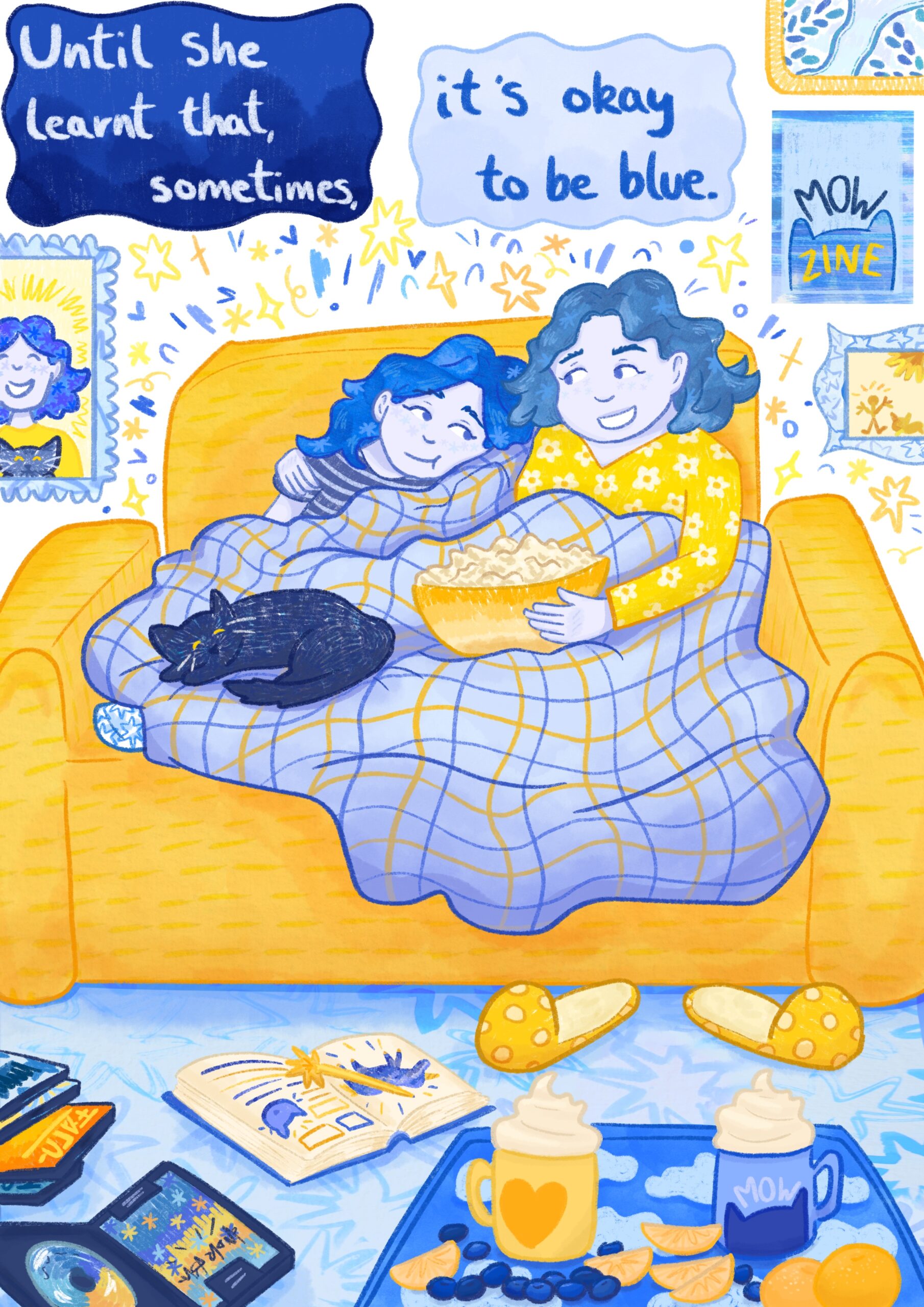
In conversation with Gabriella Mason, BA (Hons) Illustration
-
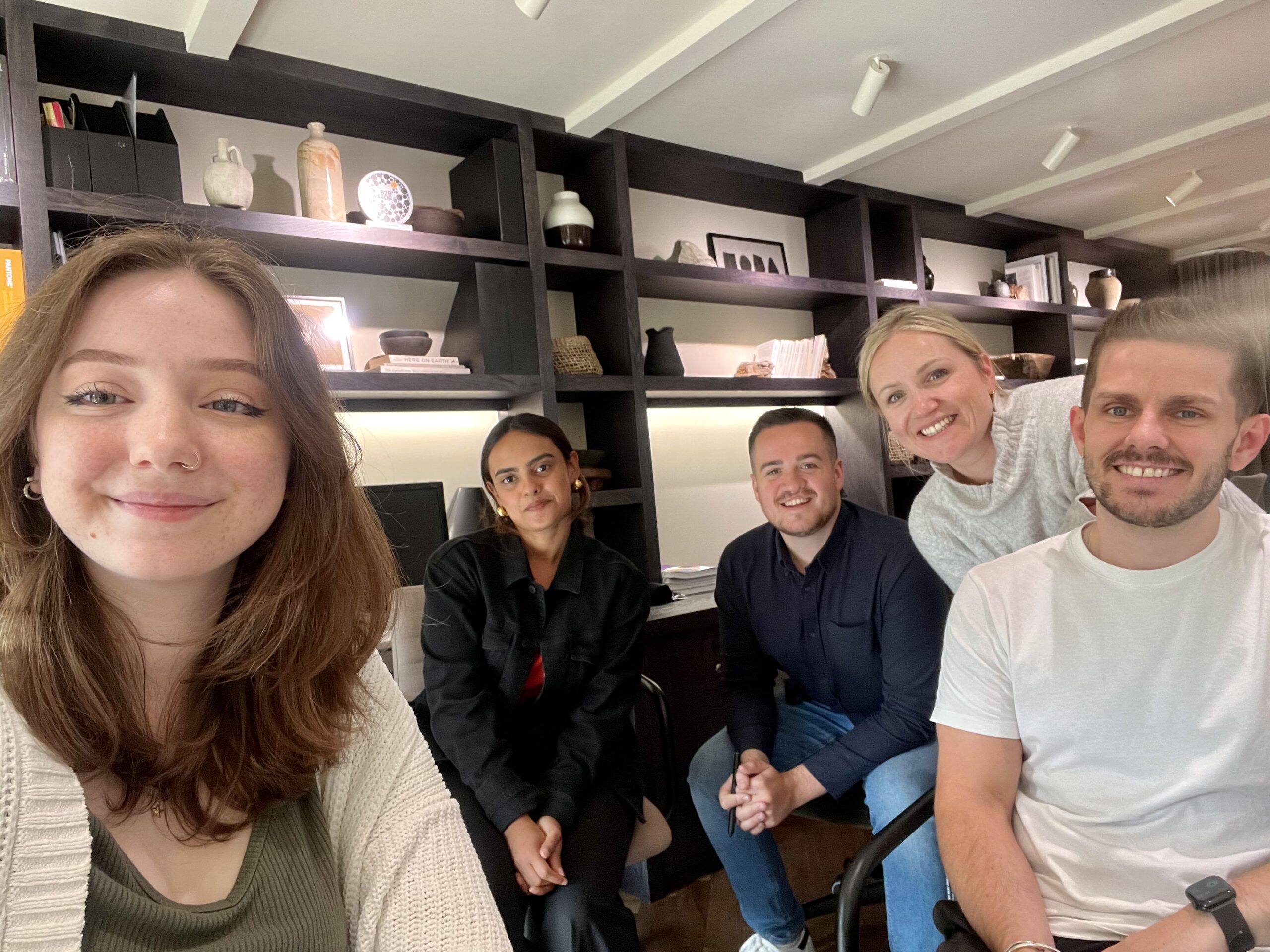
In conversation with Cassie Muskett, BA (Hons) Graphic Communication
-
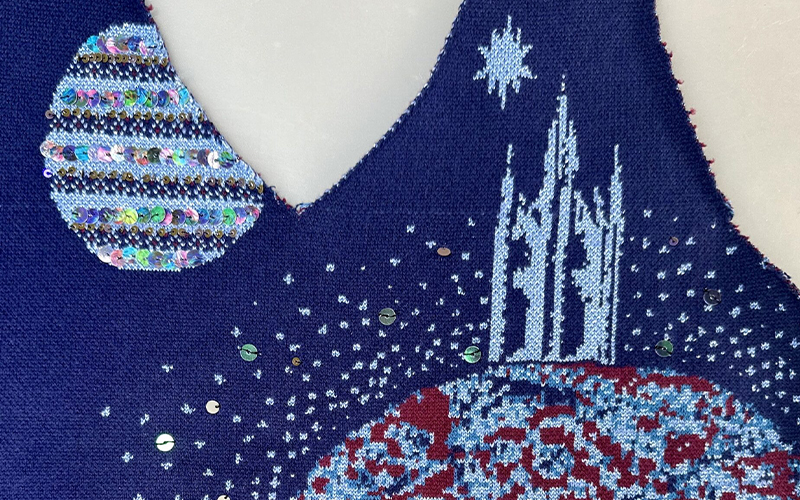
Embracing AI in Textile Design: A journey of creativity and collaboration
-
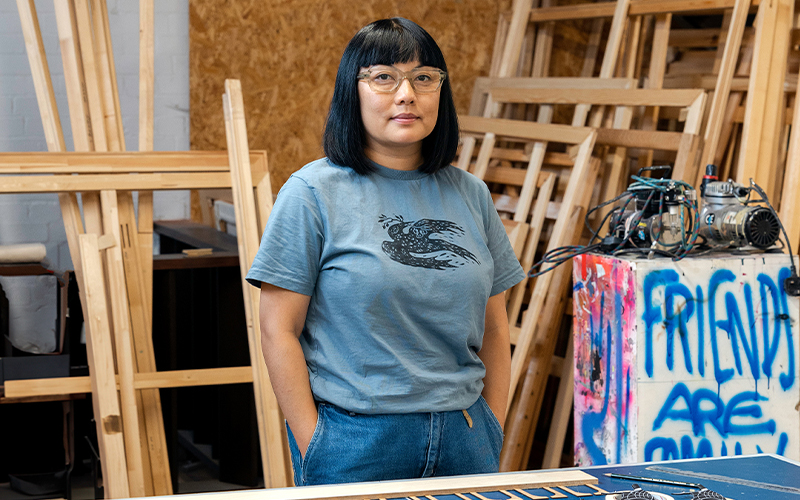
In conversation with: Alice Lee, BA (Hons) Illustration lecturer
-
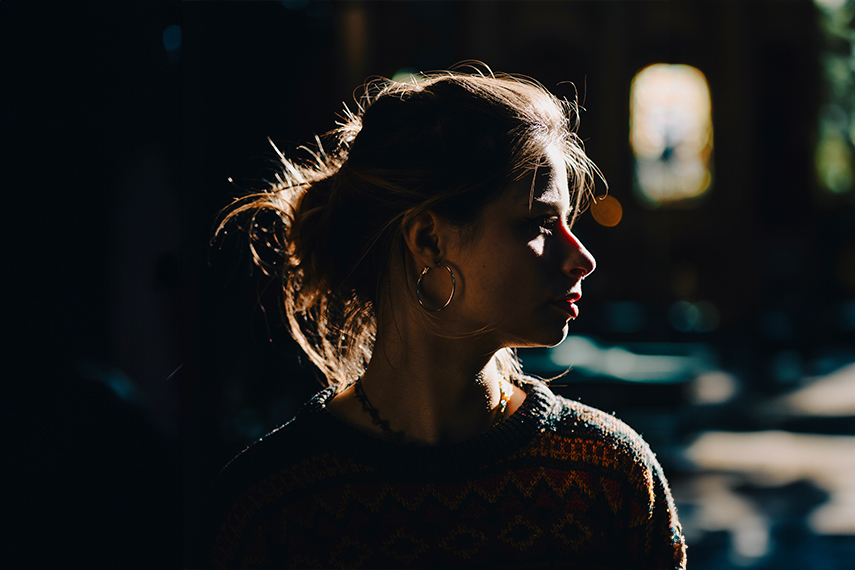
In conversation with: Lucien Kelman, BA (Hons) Animation
-
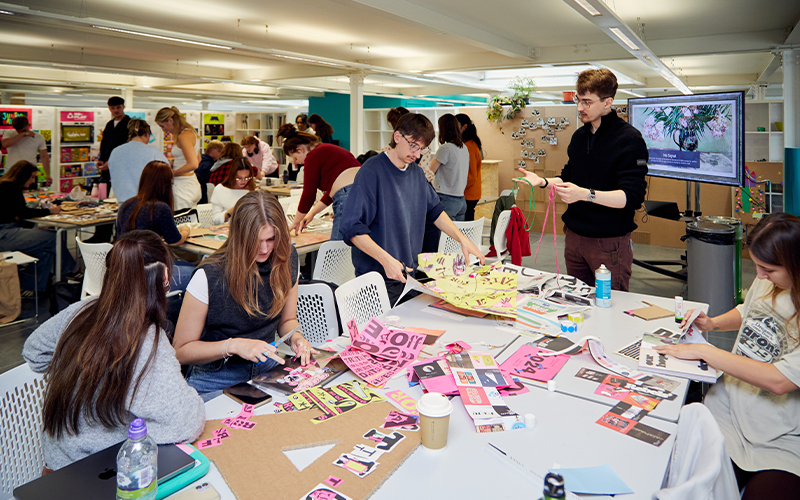
In conversation with: Sam Butler, BA (Hons) Graphic Communication
-
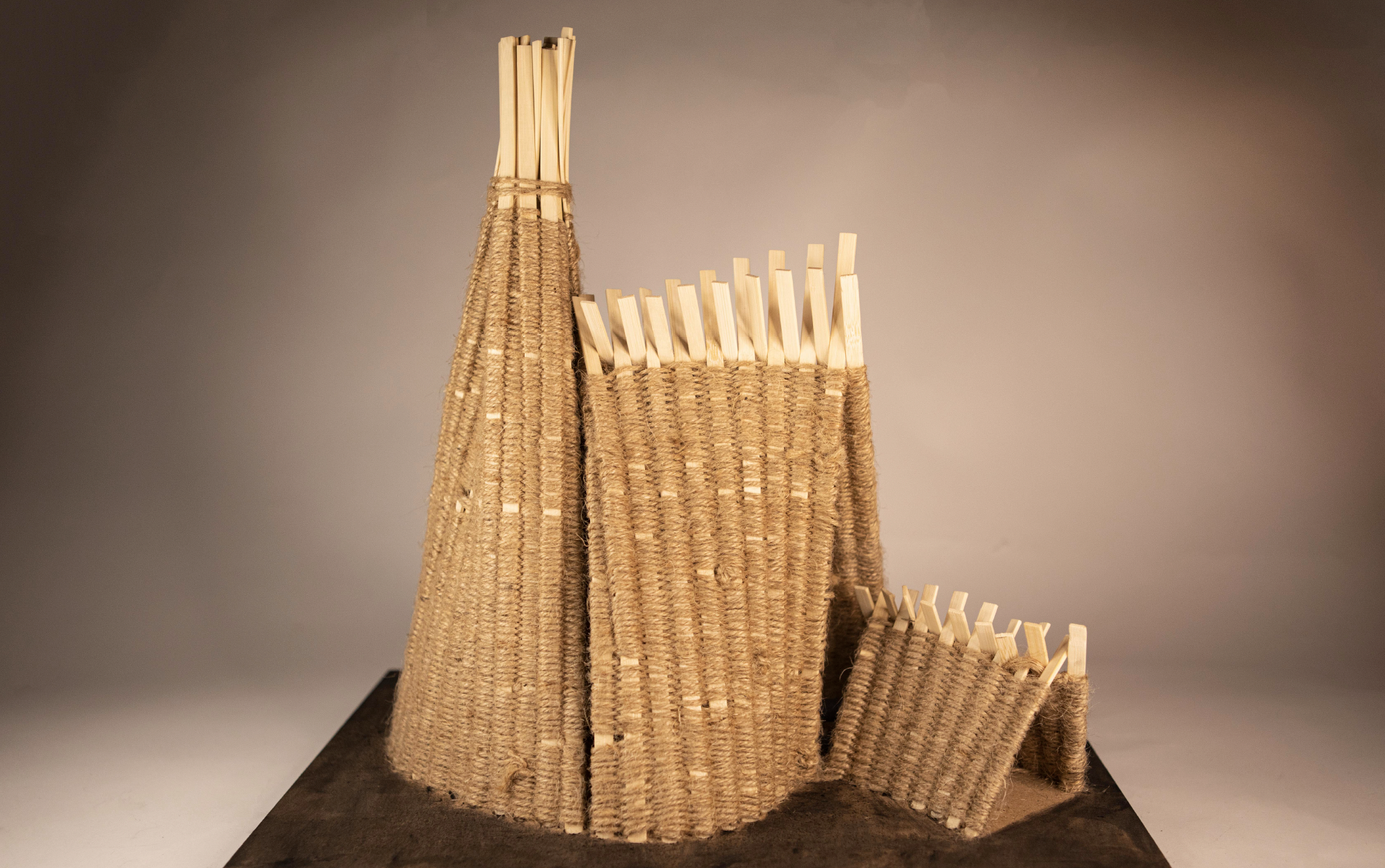
In conversation with: Tracey Lin, BA (Hons) Architecture student
-
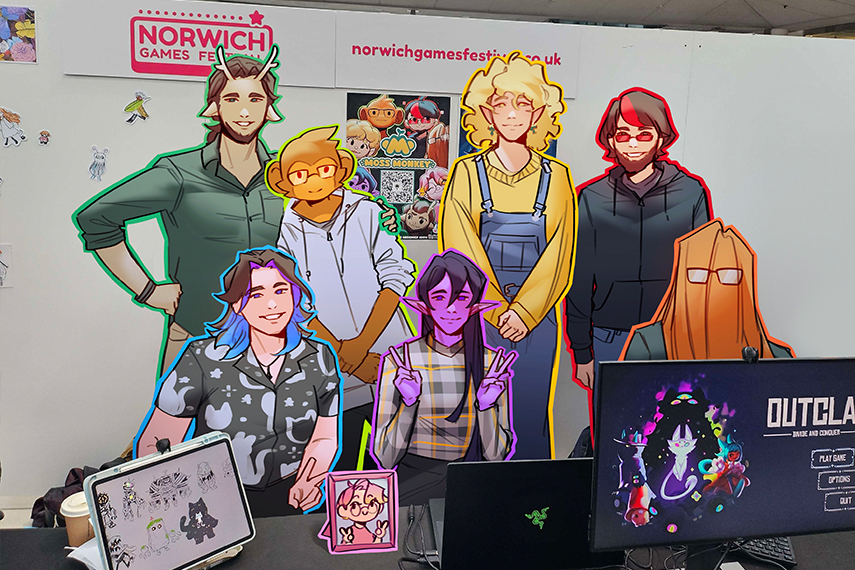
In conversation with: Iz Head, BA (Hons) Games Art and Design
